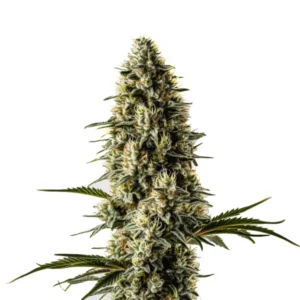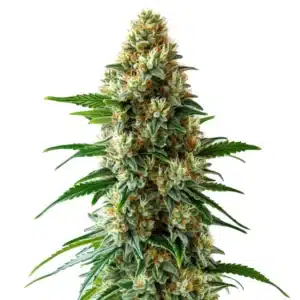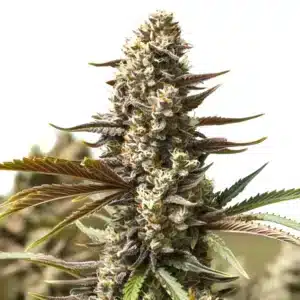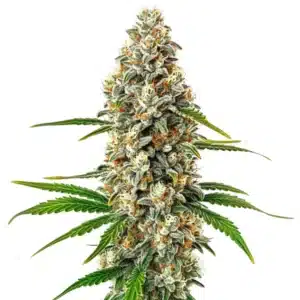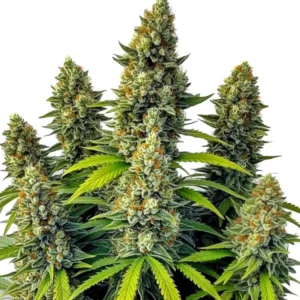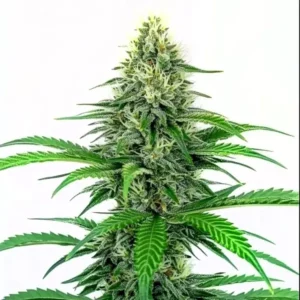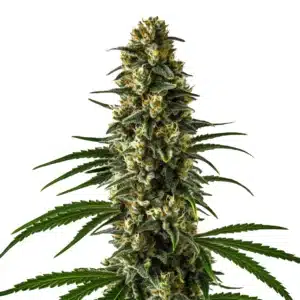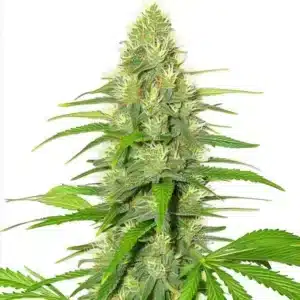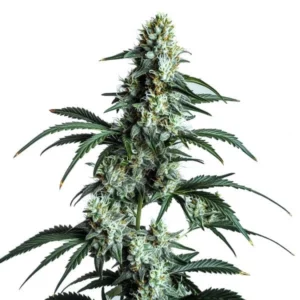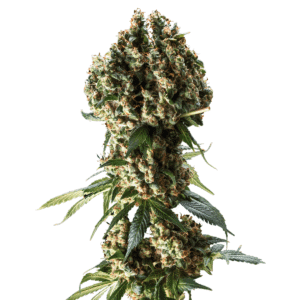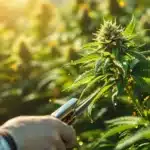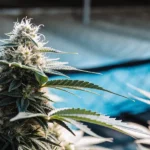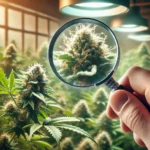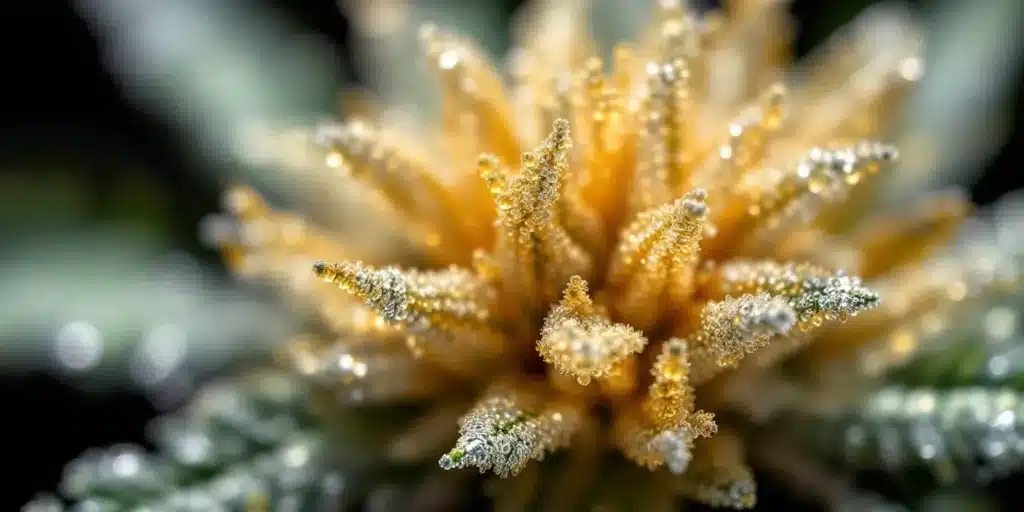
Choosing the Best Microscope for Examining Trichomes
When cultivating cannabis, observing trichomes is crucial for determining the perfect harvest time. Trichomes, those tiny resin glands found on the plant, are packed with cannabinoids and terpenes that influence the flavor, aroma, and overall potency of your harvest. Selecting the right microscope for examining trichomes can truly enhance your growing experience. In this article, we’ll explore practical tips for choosing the ideal tools and dive into some recommendations that cater to various needs.
Why Use a Microscope for Trichomes?
Utilizing a microscope is like having a superhero’s magnifying glasses when it comes to identifying the right moment to harvest your cannabis plants. Using the best digital microscope for trichomes allows you to clearly observe their maturation stages. As trichomes mature, they change color from clear to cloudy and then to amber. Each of these stages signals distinct effects—cloudy trichomes often indicate a more potent high, while amber ones can lead to a more relaxing experience.
Recommended Strains
Bubblegum
|
|
THC | 13% - 25% (Medium) |
|
|
Type | Feminized |
|
|
Yield | Medium |
|
|
Phenotype | 50% Indica / 50% Sativa |
Bubblegum Auto
|
|
THC | 15% - 23% (Medium) |
|
|
Type | Autoflowering |
|
|
Yield | Low |
|
|
Phenotype | 55% Indica / 45% Sativa |
Regularly monitoring your trichomes helps you dodge the pitfalls of premature or too-late harvests. If you harvest too soon, you risk losing out on potency, and if you wait too long, the quality can diminish significantly. Therefore, using a microscope not only makes inspecting those precious trichomes easier but also ensures your efforts yield the best results.
Types of Microscopes to Consider
In the quest to find the best microscope for examining trichomes, it’s vital to consider different types that cater to a variety of preferences and budgets. Here are some styles to think about:
- Digital Microscopes: Perfect for tech enthusiasts, digital microscopes provide a user-friendly experience with stunning images displayed on a screen. They come equipped with a variety of magnification levels and even allow you to store images or videos for later reference.
- Handheld Microscopes: These compact, portable devices are ideal for growers on the go. They don’t require a power source and offer solid magnification, although the viewing experience can depend on your eyesight and the environment’s lighting conditions.
- Magnifying Loupes: Lightweight and affordable, these small lenses are excellent for quick, on-the-go assessments. While they may not provide the most detailed images, their simplicity and convenience are hard to beat.
Each microscope type offers unique features tailored to different user needs. If you value accuracy and a detailed view, investing in a digital microscope can be worthwhile. But if you prefer straightforward tools that don’t complicate the process, handheld options might be your best bet. Think about what you envision for your growing experience, and let that guide your choice.
Promos & Deals
Key Features to Look For
When you’re ready to select a microscope for trichome inspection, several key features can enhance your overall experience. Knowing what to look for can make all the difference:
- Magnification Power: Aim for a microscope that offers a magnification range of at least 30x to 100x. This level allows you to see the intricate details of your trichomes, helping you differentiate between their various stages more effectively.
- Illumination: Proper lighting is key to spotting fine details. Microscopes equipped with built-in LED lights can provide consistent illumination, making your trichome inspection clear and effortless.
- Portability: If you plan to examine your plants frequently, opting for a portable microscope is wise. This feature permits easy use right in your growing area whenever you need it.
Being mindful of these essential features will help streamline your options while ensuring you find a microscope that fits your needs. After all, making an informed choice is the first step toward successful plant care!
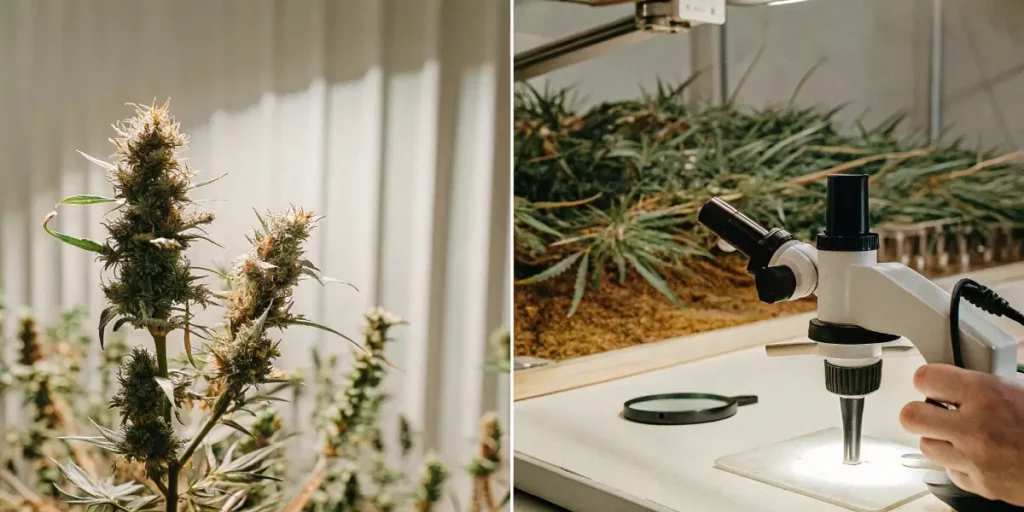
Recommended Microscopes for Trichomes
Choosing the right microscope can feel a bit daunting, but fortunately, several popular models consistently shine among growers. Here are three standout options that have earned great reviews in the community:
- Carson MicroBrite 60x-120x LED Lighted Pocket Microscope: This compact device combines adjustable magnification with brilliant LED illumination, making it a top pick for growers who favor portability and efficiency.
- AmScope 40x-1000x LED Cordless Microscope: A more advanced option with impressive zoom capabilities, this microscope provides clarity and depth, allowing you to dive deeper into your trichome inspections.
- Celestron Handheld Digital Microscope Pro: Perfectly blending convenience with a digital display, this model is crafted for detailed examinations while remaining portable.
These microscopes vary in complexity and cost, ensuring there’s an option for everyone. Remember to weigh the features that are most important to you, so you can elevate your monitoring experience to the next level.
Maintaining Your Microscope
To keep your microscope in optimal condition, proper maintenance is key. Take these simple steps to ensure your device remains effective and long-lasting:
- Clean Lenses Regularly: After each use, clean the lenses with a soft, lint-free cloth. Dust and residue can obscure your view and hinder accurate inspections.
- Store Safely: Protect your microscope by storing it in a cool, dry place. Avoid exposing it to extreme temperatures or humidity, both of which can damage its internal components over time.
- Check Batteries: If you’re using a battery-operated microscope, stay on top of battery levels. Regular checks and timely replacements will ensure you’re never caught without power when you need your microscope the most.
Implementing these maintenance tips will help keep your microscope performing at its best, allowing you to confidently assess your plants throughout their growing cycles.
Practical Tips for Inspecting Trichomes
To truly make the most of your inspections, it’s important to implement a few practical strategies. Here’s how to maximize your microscope experience:
- Choose the Right Time: Aim to inspect trichomes during the day for the best natural light. Good lighting makes all the difference when it comes to spotting the fine details.
- Take Your Time: Don’t rush through your inspections. Spend a moment assessing various areas of the plant; trichomes can mature at different rates, requiring a thorough look.
- Document Your Findings: If you’re using a digital microscope, consider snapping photos of trichomes at different stages. These can serve as a useful reference for future harvests.
These simple yet effective tips can significantly enhance your routine. By keeping a close eye on your plants, you’ll always be in tune with their needs, ensuring you don’t miss the optimal harvest window.
Choosing the Right Strain
Different cannabis strains may demonstrate a variety of development in trichome production. Here are three notable strains available on Blimburn Seeds, celebrated for their exquisite trichome development:
- Girl Scout Cookies: This strain strikes a perfect balance, offering sweet, earthy flavors alongside a well-rounded high. Its trichome richness plays a key role in its loved effects.
- White Widow: Known for its frosty appearance, this potent strain showcases beautiful trichomes when fully matured, making it a popular choice among growers.
- Bubble Gum Sherb: With its distinct flavor profile, this strain features a dense cover of trichomes, adding to its visual appeal and overall enjoyment.
Understanding the characteristics of different strains enables you to select what to grow and how best to monitor their development. Matching the ideal strains to your growing conditions is essential for maximizing both yield and quality.

FAQs
What magnification is ideal for trichome inspection?
A magnification range of 30x to 100x is typically recommended for inspecting trichomes. This level of magnification provides clarity, allowing you to see the subtle color changes that indicate ripeness.
How do I know when to harvest my cannabis?
The best way to determine harvest time is by monitoring trichomes for color changes. Clear trichomes signal immaturity, cloudy ones suggest peak potency, and amber trichomes indicate over-ripeness. Aim to harvest when the majority of trichomes are cloudy, with a sprinkle of amber for optimal effects.
Can I inspect trichomes with just my eyes?
While it’s possible to get a broad idea of trichome development without a microscope, using one will provide a significantly clearer view. This clarity is vital for making informed decisions about optimal harvest timing.
Are digital microscopes worth it?
Many growers find digital microscopes to be quite beneficial. They not only make viewing easier but also allow for capturing images and videos, enabling a deeper inspection process compared to traditional handheld models.
Should I inspect trichomes on multiple plants?
Absolutely! Inspecting multiple plants is a wise strategy, as different genetics can mature at varying rates. This practice will enhance your ability to time your harvests accurately across different strains.


